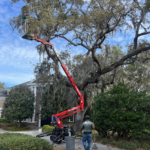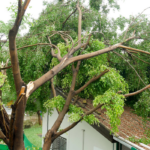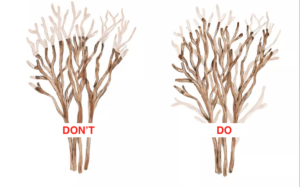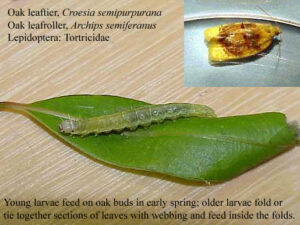Understanding the Aftermath: What Happens to Trees After a Hurricane?
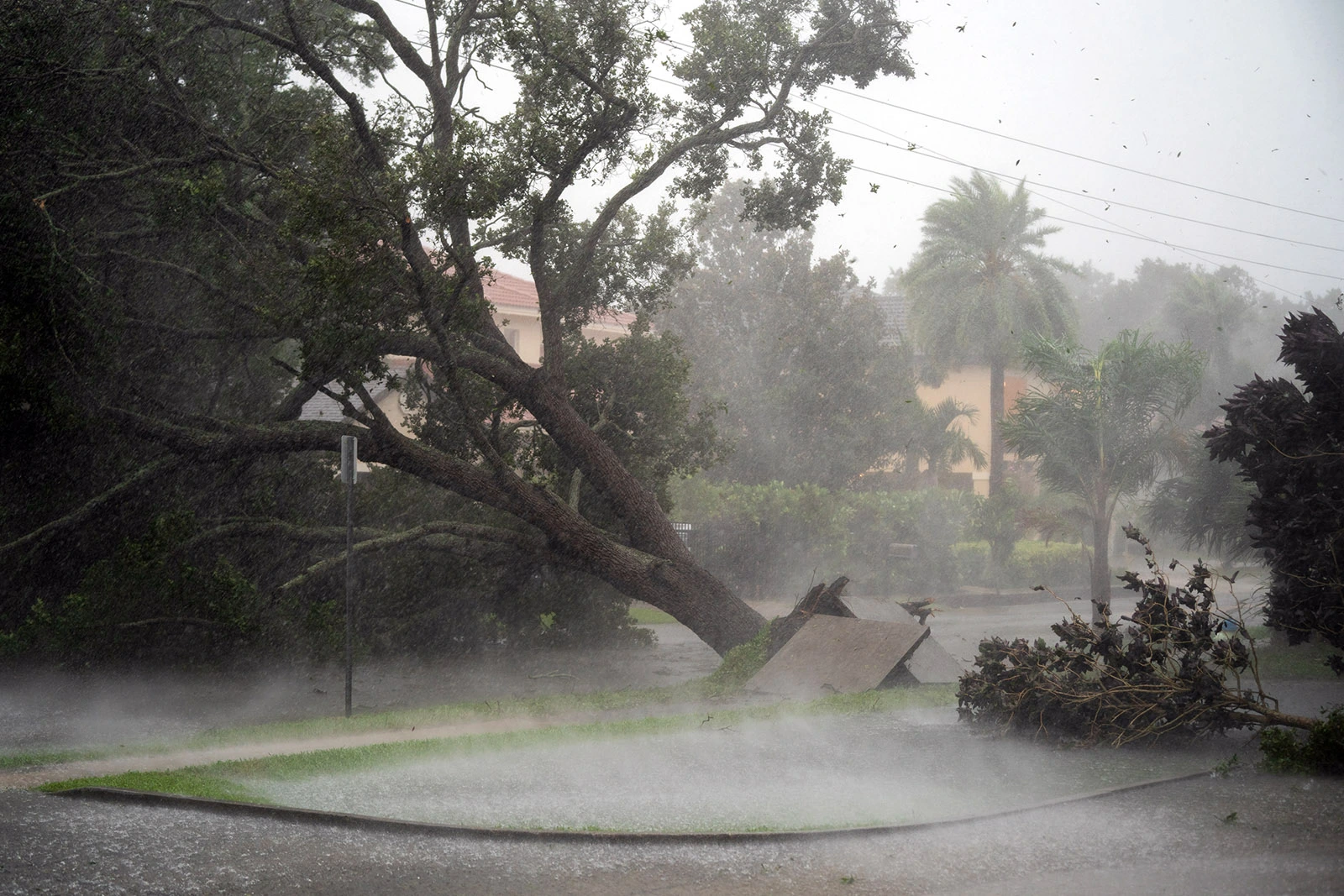
Hurricanes can have a lasting impact on trees and their ecosystems. With destructive winds, heavy rain, and flooding, trees become vulnerable to damage. Understanding what happens to trees after a hurricane is important for assessing their health, implementing recovery strategies, and preserving the natural balance of affected areas. In this article, we will explore the aftermath of hurricanes on trees, including wind damage, flooding, saltwater intrusion, disease, and insect infestation. We will also discuss the recovery process and the importance of environmental restoration.
Wind Damage and Uprooting
During a hurricane, the strong winds can cause significant damage to trees. They can break branches, split trunks, or even uproot entire trees. The severity of wind damage depends on factors like tree species, size, health, and the force of the wind. Trees with weak structures or shallow root systems are especially susceptible.
Flooding and Soil Saturation
Heavy rainfall during hurricanes often leads to flooding. Trees can suffer from soil saturation, which deprives the roots of oxygen and suffocates them. Extended periods of saturated soil weaken the root system, making trees more prone to uprooting or experiencing health decline in the coming months.
Saltwater Intrusion
Coastal areas face the additional threat of saltwater intrusion during storm surges. Saltwater contaminates the soil, affecting root function and nutrient absorption. This exposure can cause leaf burn, yellowing, and premature leaf drop, potentially leading to long-term damage or tree mortality if not addressed promptly.
Disease and Insect Infestation
After a hurricane, trees may become more vulnerable to diseases and insect infestations. Broken branches and exposed bark create entry points for pathogens, such as fungi and bacteria. The moisture-rich environment post-storm promotes fungal growth, causing diseases like root rot or cankers. Weakened trees also attract opportunistic insects, further compromising their health.
Recovery and Restoration
Despite the damage, trees have a remarkable ability to recover over time. They initiate new growth and produce sprouts called epicormic shoots from dormant buds on the trunk or branches. The recovery process varies depending on the extent of damage, tree species, and overall health. Severely damaged or uprooted trees may need to be removed and replaced, while others can recover with proper care, such as pruning, fertilization, and pest management.
Environmental Impact
Trees play a vital role in the ecosystem, and their loss after a hurricane disrupts habitats, affects wildlife, and alters the natural balance of an area. It is crucial to prioritize reforestation efforts and promote the growth of new trees to restore ecological functions and maintain biodiversity.
After a hurricane, trees face various challenges, including wind damage, flooding, saltwater intrusion, diseases, and insect infestations. Understanding the aftermath helps us assess tree health, implement recovery strategies, and restore the environment. By recognizing these challenges and taking appropriate measures like pruning, replanting, and promoting environmental restoration, we can support the recovery and long-term well-being of trees. Let’s work together to restore the beauty and resilience of our landscapes in the aftermath of a hurricane.

